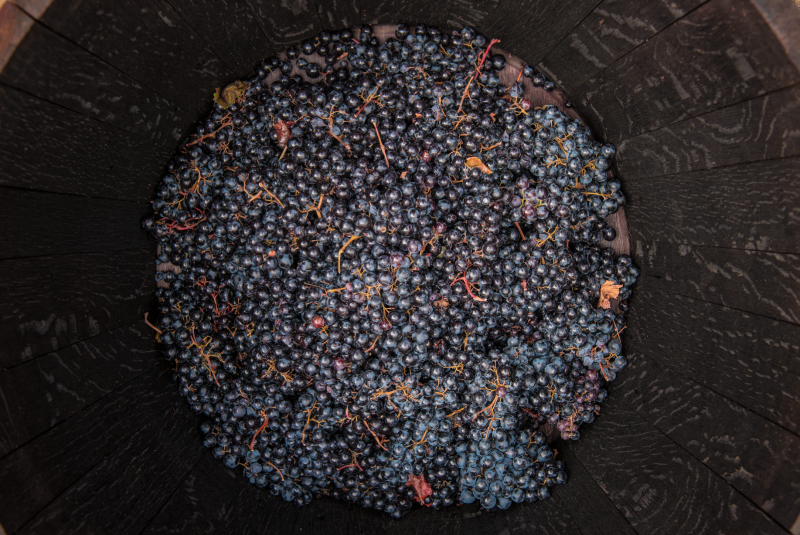Jill Klein Matthiasson and Steve Matthiasson are the husband and wife duo behind Matthiasson, the much-heralded Napa Valley wine label. Over the last decade, accolades have included features on many a “best of” list, as well as multiple James Beard semifinalist awards for Steve.
In January 2019, AFAR Experiences Napa Valley brought discerning travelers to the table with the Matthiassons and other local tastemakers for intimate gatherings with great food, and of course, great wine.
So what makes the wines of Matthiasson so special? Jill and Steve are known for growing Italian varieties of grapes and for making wines in a style you don’t often find in this area of the country — let alone this part of the world.
It all started with a single grape. While working on a client’s farm as a consultant, Steve came home one day and told Jill he’d just had the best merlot grape he’d ever tasted in his life.
“We have to make wine out of this,” Jill remembers him saying.

It was a merlot grown on the Red Hen vineyard, and was the basis for their first wine: a blend of merlot and cabernet. But it was a trip to Italy’s Friuli region that ignited something in the Matthiassons, sending them on a quest to cultivate the kind of grapes that can deliver the wines they love to drink the most.
Ribolla gialla, refosco, schioppettino. These aren’t names you’d typically hear in Northern California. But at Matthiasson, these grapes have taken on an almost mythic quality and have become their signature.
Ribolla gialla is an ancient grape, indigenous to Italy’s northeast Friuli region that borders Slovenia. The earliest known mention dates back to the 1200s, in paperwork from the Pope concerning a dispute between a bishop and a monastery. The Matthiassons put the ribolla gialla on display in their 2016 vintage, a wine that hints at hazelnuts, Meyer lemon curd, and Bartlett pear, with a stony minerality that is incredibly distinctive. It is wine that deserves a seat at the table, bridging the pairing gap between reds and white.
“Our wines don’t have as much oak in them as what’s typical in Napa Valley,” says Jill.
The Matthiassons farm eight vineyards of (mostly) organic wine grapes, each its own microclimate with unique needs and specifications. Unlike other farmers who might stick to one vineyard or a single variety, the Matthiassons aren’t afraid of a challenge.

When tending to each farm, they have to account for differences in soil, the orientation of the vines, or variations with the trellis systems. It requires an intense attention to detail, an ability to carefully manage each spot, and a close watch on the needs of every individual plant. They pick their grapes earlier than most — typically August for the whites and September for the reds — when the sugar content is low. This helps create highly drinkable wines with a lower ABV.
The goal is to produce bright, fresh wines that pair well with the kinds of foods that Jill and Steve love to eat. Jill says that one of her favorite wine memories — an “a-ha moment,” she says — was during dinner at a winemaker’s house in Sonoma. Instead of pairing each course with a different wine, as is common, there were just a few bottles on the table that guests could try as the night went on.
The result was a wildly unique experience on the palate, where diners could explore the interplay of each vintage with whatever was on their plate.
“You could really see how different they tasted with different food,” Jill says.












